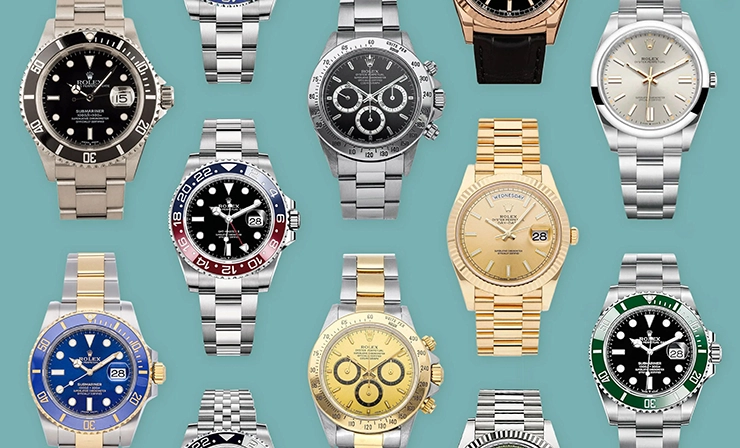Hans Wilsdorf (Rolex)

Hans Wilsdorf (22 March 1881 – 6 July 1960) was a legendary German watchmaker, best known as the founder of the brands “Rolex” and “Tudor”.
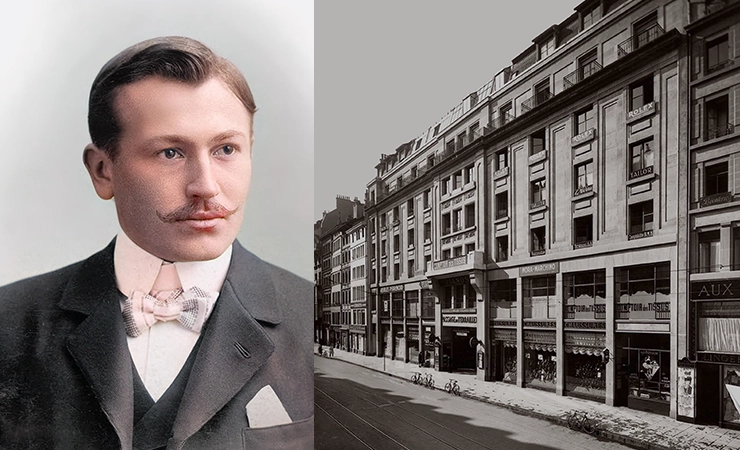
1881-1900
Hans Wilsdorf was born in Kulmbach, Germany, in the family of Anna and Johan Daniel Ferdinand Wilsdorf, and was the second son of a family of three children. His mom died when he was just a kid, and the father passed away when Hans turned 12. Young boy’s destiny rested upon his uncles, who used to have the family business that specialized in iron tools. This business had originally belonged to Wilsdorf’s grandfather and later passed on to his father.
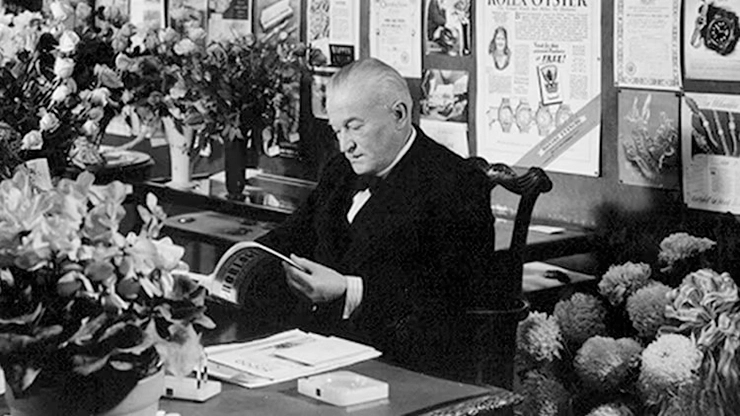
Thriving in mathematics and languages, Wilsdorf’s prowess prompted him to explore foreign lands. Following these experiences, he started as an apprentice with a significant international pearl-exporting company, a role that would later prove pivotal in the establishment of his future watch business. In 1900, Wilsdorf initiated his Swiss watchmaking career by relocating to La Chaux-de-Fonds in Switzerland, where he served as an English correspondent and clerk at the watch firm of Cuno Korten. This gradually started to form his feel of aesthetics and design, foreshadowing his future impact on the world of luxury watches.
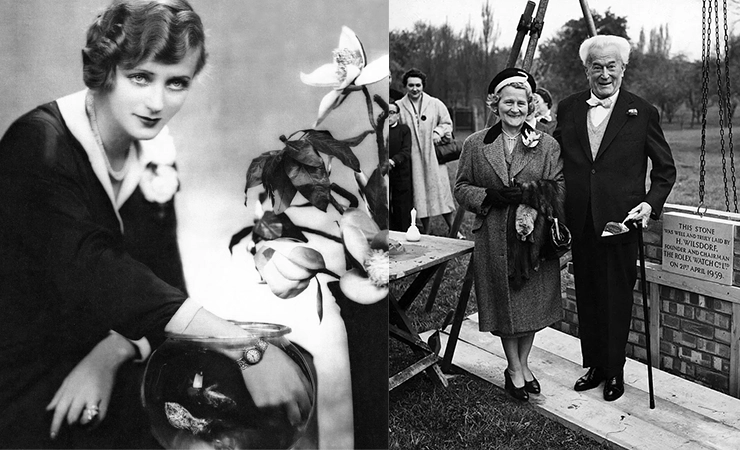
1905-1920
In 1905, together with his business partner Alfred Davis, Wilsdorf co-founded the company “Wilsdorf & Davis”, the precursor to the renowned Rolex brand. When Wilsdorf journeyed to Bienne, Switzerland, he commissioned Hermann Aegler for wrist watches, marking the initiation of their enduring collaboration. This partnership continued for a century until Rolex eventually acquired “Aegler”.

The turning point came in 1908 when “Wilsdorf & Davis” became the first wrist watch to receive the Swiss Certificate of Chronometric Precision. This marked the beginning of a new era in timekeeping and established Rolex as a symbol of elegance and precision. In 1914, a decade after Wilsdorf moved to London, World War I broke out and Wilsdorf changed the name of the company to “The Rolex Watch Company Ltd”.
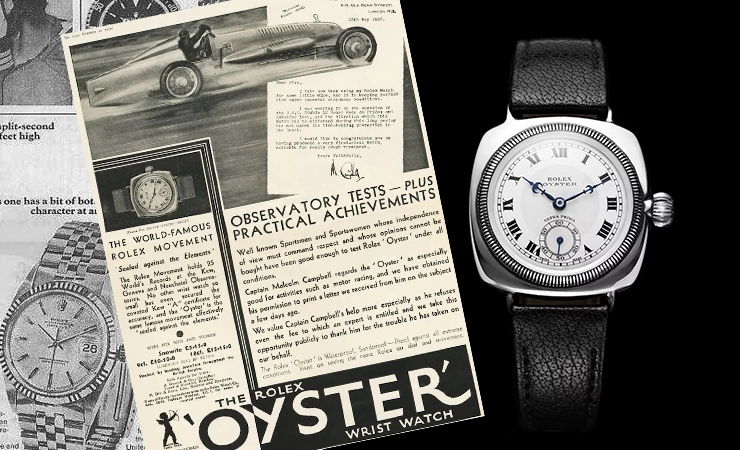
1927-1940
In 1927, Wilsdorf’s innovative spirit led to the development of the Oyster case, introducing the world to the first waterproof wristwatch. This groundbreaking achievement not only revolutionized the watch industry but also elevated “Rolex” to the forefront of luxury fashion.
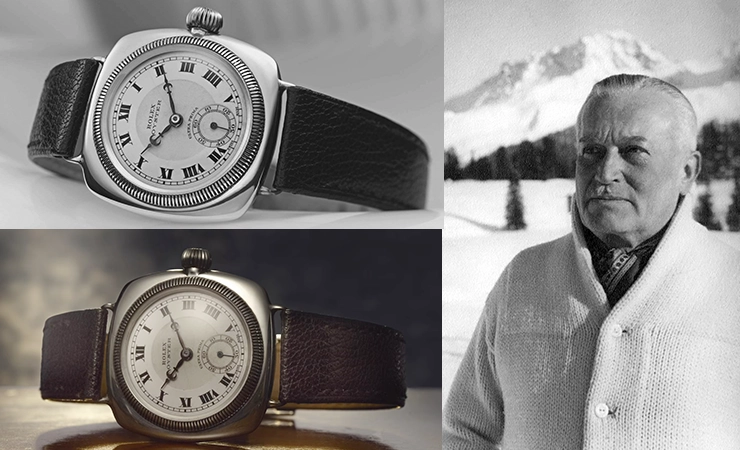
In 1931, he introduced the perpetual rotor self-winding mechanism, a feature that set “Rolex” apart from its competitors. That’s when “The Rolex Perpetual” model has been created.
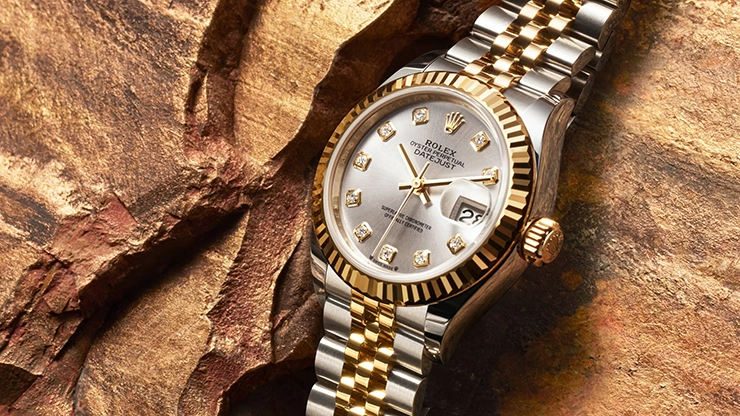
1941-1950
The year of 1941 witnessed the debut of the iconic “Rolex Datejust” model, and later on “Rolex Submariner” in 1953, which became synonymous with adventure and style. Wilsdorf’s dedication to precision and innovation during these years solidified Rolex’s status as a symbol of luxury and craftsmanship. The brand’s watches became cherished accessories for the fashion-conscious elite.
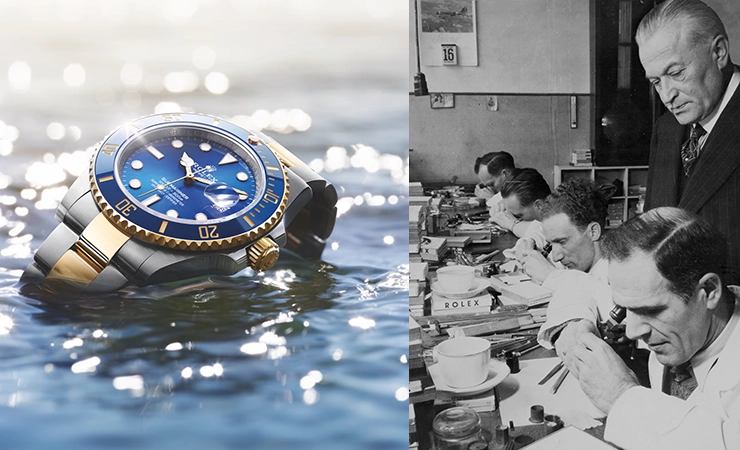
1950-1960
The 1950s and 1960s saw Wilsdorf’s enduring legacy flourish. Under his guidance, Rolex introduced the “Day-Date” model in 1956, featuring a day display at 12 o’clock and the date at 3 o’clock. This model became an instant classic, gracing the wrists of influential figures and cementing Rolex’s position as a status symbol.
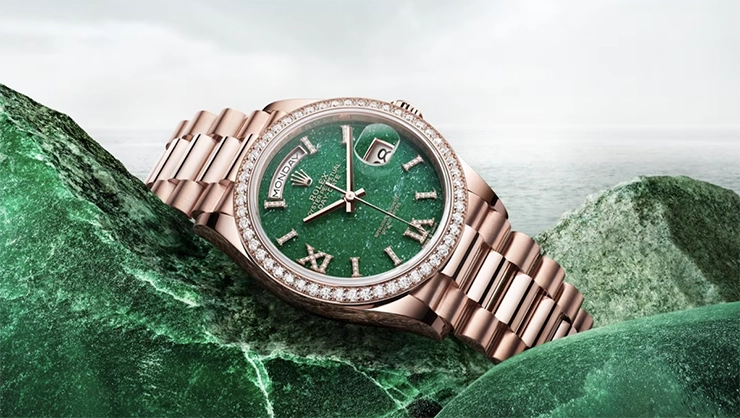
Wilsdorf’s visionary approach to marketing also played a significant role in the brand’s success. He recognized the power of association, and “Rolex” became the watch of choice for world leaders, celebrities, and athletes. This era marked the beginning of the brand’s longstanding relationship with the worlds of cinema, sports, and exploration.
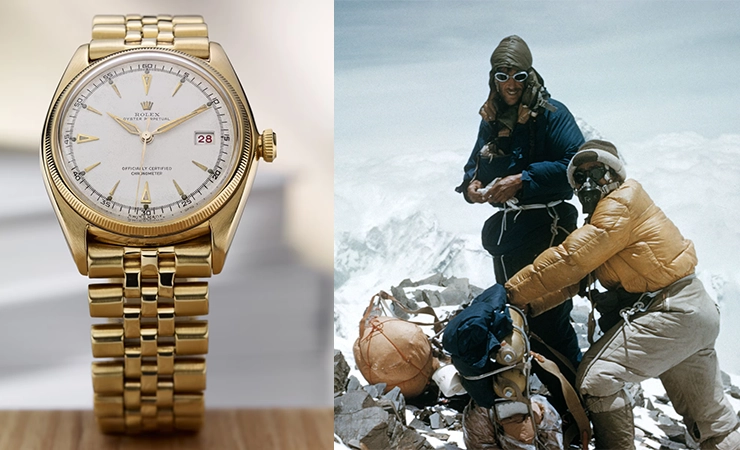
1970-1980
Hans Wilsdorf passed away in 1960, but his legacy continued to shape the evolution of Rolex. The 1970s and 1980s witnessed the introduction of the “GMT-Master II” and the “Cosmograph Daytona”, further solidifying Rolex’s position as a pioneer in both functionality and design.
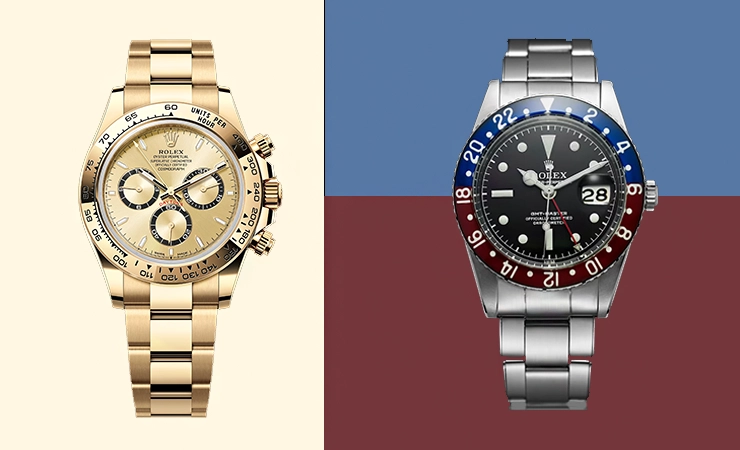
Wilsdorf’s commitment to precision and enduring style had laid the foundation for Rolex’s continued success, and his influence continued to guide the brand’s decisions. Rolex’s watches became more than timekeeping instruments, they became symbols of achievement and elegance.
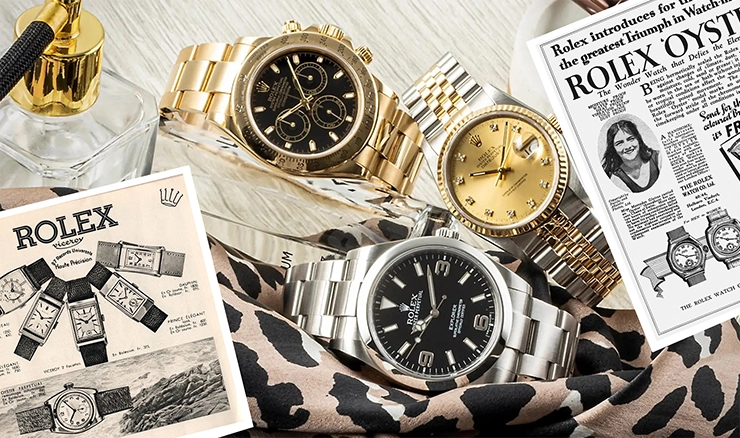
1990-Present
As Rolex entered the 21st century, the brand continued to innovate while maintaining its commitment to timeless elegance. The introduction of the “Rolex Yacht-Master” and the reimagined “Rolex Explorer” showcased the brand’s ability to adapt to modern tastes without compromising its heritage.
Hans Wilsdorf’s legacy endures through Rolex’s unwavering dedication to craftsmanship and innovation. Today, the Rolex name is synonymous with luxury, precision, and enduring style – a testament to the vision of a young entrepreneur who dared to dream beyond the constraints of his time. The timeless elegance of Hans Wilsdorf’s creations continues to captivate the hearts of watch enthusiasts and fashion connoisseurs around the world.
